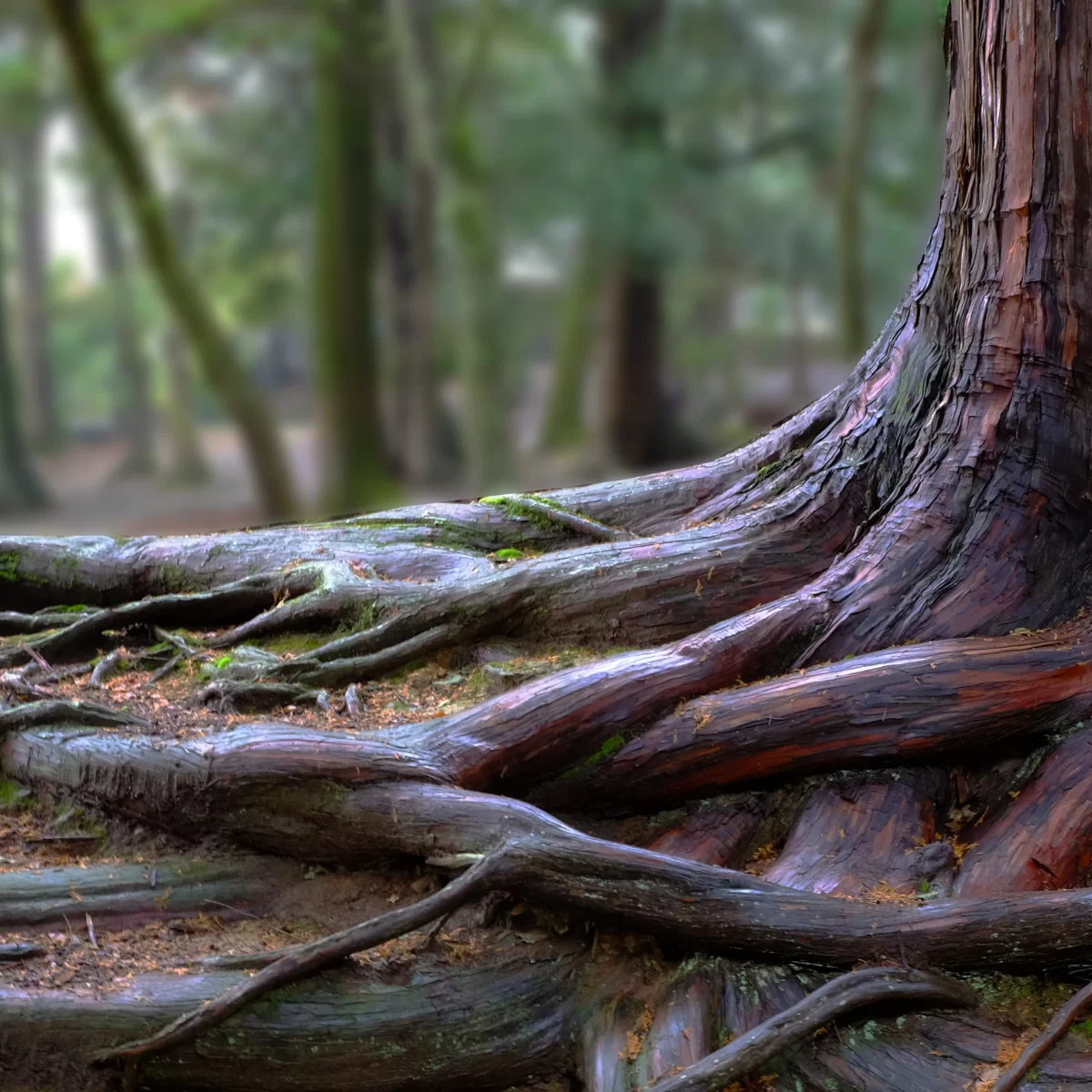With a remarkable evolutionary history spanning 500 million years on Earth, plants have left an indelible mark on our planet. A novel theory posits that 385 million years ago, a transformative change in plant root structure propelled flora to spread globally, giving rise to the inception of the first forests.
The migration of plants from tropical regions to both northern and southern expanses wasn’t catalyzed by the development of above-ground organs such as stems and leaves. A study, detailed in the February 2018 edition of the journal Nature, delved into the evolutionary journey of 369 plant species across seven diverse regions. As plants confronted adverse conditions, the root structure adapted by becoming more diffuse, occupying a larger area in less fertile soil. This adaptation aimed to augment the surface area available for absorbing water and essential substances. Notably, in challenging environments like arid deserts, plants reduced reliance on symbiotic fungi residing on their roots, which traditionally supplied vital nitrogen and phosphate.
Today, our understanding encompasses over 290,000 plant species thriving in diverse habitats, including fertile landscapes, mountains, deserts, and polar ice regions. “Plants employed enigmatic strategies to conquer the world,” remarks Lars Hedin, a professor at the Princeton Environmental Institute (USA) and a co-author of the study.










